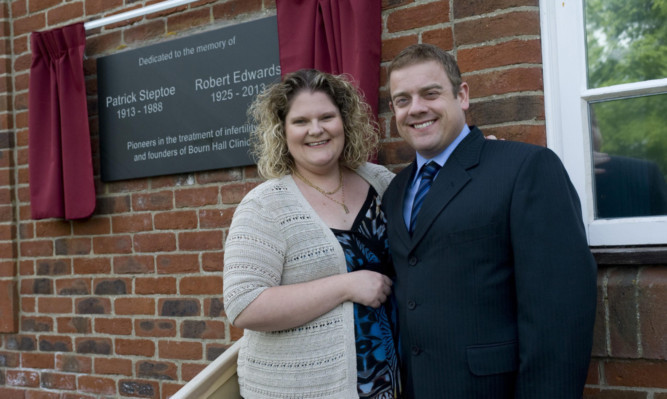The world’s first test-tube baby has paid tribute to the fertility pioneers who gave her and millions of others life as she celebrated her 35th birthday.
Louise Brown was born at Oldham General Hospital on July 25 1978 after her parents Lesley and John became the first parents to successfully undergo in vitro fertilisation (IVF).
Her birth attracted controversy, with religious leaders expressing concern over the use of artificial intervention and some raising fears that science was creating “Frankenbabies” who could experience medical difficulties later in life.
There are now thought to be more than 5.5 million IVF babies worldwide and, as she prepared to celebrate her birthday with a private family meal, Ms Brown said she hoped the public could now see the benefits of the breakthrough.
“When I was born they all said it shouldn’t be done and that it was messing with God and nature but it worked and obviously it was meant to be,” she added.
“It’s helped millions all around the world and if it can help improve success rates, obviously it’s a good thing. I’ve now had my own son without IVF and lots of people I know or have heard of have gone on to have children naturally.
“That shows that it is just the beginning of life that’s a little bit different the rest is just the same.”
Mrs Brown, whose younger sister Natalie was also the product of IVF, now lives near Bristol. She is married and has a six-year-old son, Cameron.
She recently unveiled a plaque to honour IVF pioneers gynaecologist Patrick Steptoe and reproductive biologist Robert Edwards at Bourn Hall, the clinic they founded in Cambridge and where the techniques and drugs now used worldwide were first developed.Sir Robert, who was awarded a Nobel Prize in 2010, died aged 87 in April. Steptoe died in 1988 but did not receive the prize as it is not awarded posthumously.
